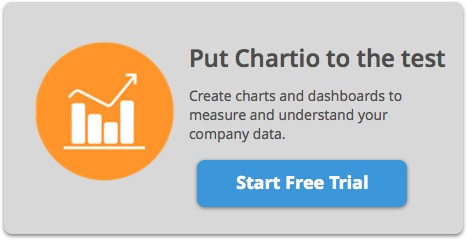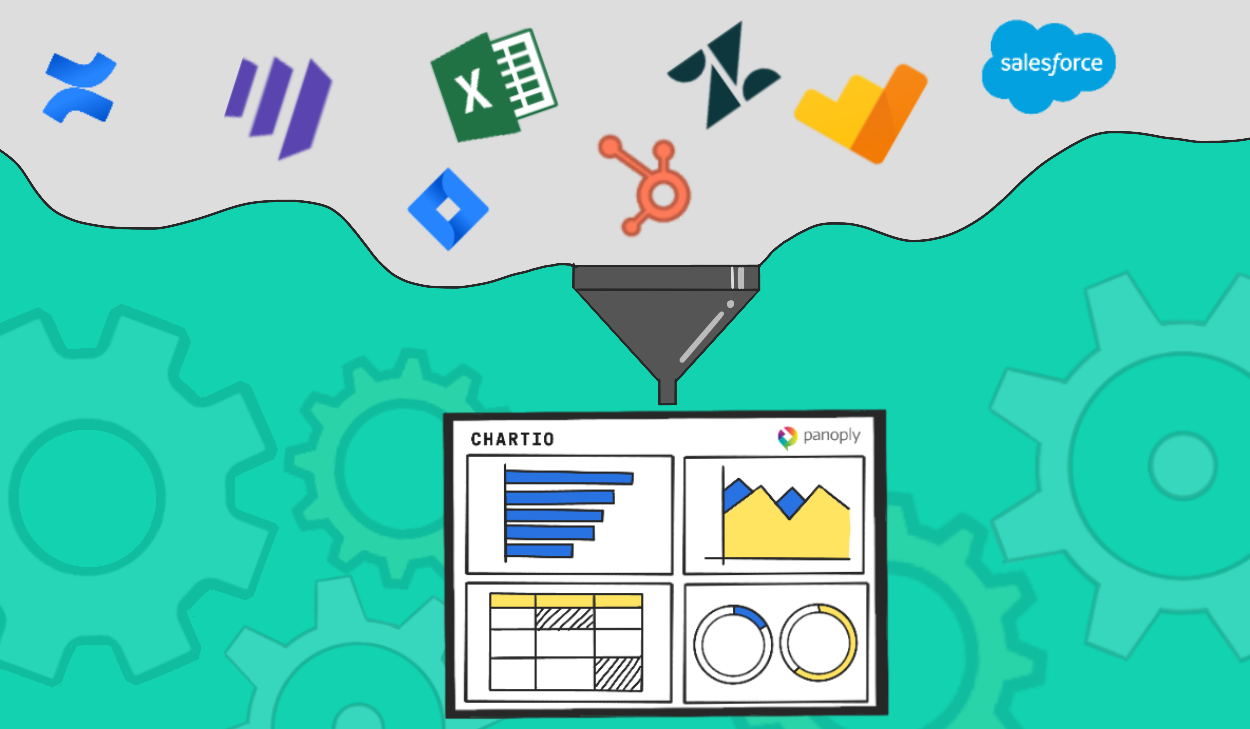Four Secrets of Successful BI Implementations
Posted by on October 21, 2015
Business intelligence exists to make people better at their jobs.
Although the value of being data driven is indisputable, business intelligence is not an end in itself. Making decisions based on data – facts, trends, and likely outcomes – is a much better approach than intuition, gut feeling or emotion. Better decisions lead to better performance, results, and achievement. Business intelligence is a means to that end.
In more than a decade selling business intelligence and analytics systems, I’ve seen many implementations, both successes and failures. Each successful implementation is different, but they are all built on the same principles.
What sets the successful BI implementation from the failures, and what does that tell you about how to choose your next BI tool?
Separate Data Management from Insight Delivery
Every company, every department, and every individual need is different. People have fundamentally different styles of operating. Some people succeed through coaching and mentoring. Some succeed through pure analytic force, and by driving activity and data against objectives.
Modern business intelligence tools accommodate these differences through flexibility, agility, and ease of use. These values cannot be grafted onto a legacy solution.
Modern business intelligence tools accommodate these differences through flexibility, agility, and ease of use. These values cannot be grafted onto a legacy solution.
In nearly every organization, the people who know how to manage data are often far from where the decisions are made. And the people closest to the decisions are the furthest from the data. They don’t know how to manage the data, but they know what information they need.
Throughout my career I have seen companies make the mistake of merging the data side of an implementation with the “insight delivery” side. The two are vastly different challenges. They should be separated for the same reason that the companies that provide our cable or telephone networks shouldn’t build our televisions or smart phones.
Empower End Users to Set Their Own Requirements
The separation of data management from insight delivery also requires a separation of requirements.
The failure to let end users drive requirements is the main source of failure in BI projects.
Data quality and governance are essential, but visual analytics and business intelligence must serve the people on the front lines. And those users know their data and analytical requirements better than anyone else.
The failure to let end users drive requirements is the main source of failure in BI projects.
As I said, there’s a reason that the people who lay TV cables are terrible at end-user devices.
Enable End Users to Drive Their Own Analyses
In my experience, analytics and business intelligence vendors have not kept their promises of ease of use for the business user. It’s now routine for data teams to deliver visual representations of data sets to end users. But this is a half-measure. If it doesn’t meet the needs of the end users, this “build it and share it” model swiftly breaks down.
Imagine the impact of ten times as many people in your organization making data driven decisions every day.
End users’ daily needs are uniquely theirs. As a sales leader I want my own views, which tend to change based on an ever-changing multitude of variables. There are differing measures and expectations tied to a rep’s tenure, territory, types of accounts, market served, and more. My information needs change during the course of the quarter. One size, or in this case dashboard, does not fit all users. Or even one user all the time.
Among the top legacy vendors, typically only two to five percent of their users actually build and manage their own dashboards. This reflects the model of “data guys build it and share it”.
Inside the average Chartio customer, nearly half the users build and manage their charts and dashboards. And this number continues to increase. This is more than ten times the adoption rate of the traditional BI model. Imagine the impact of ten times as many people in your organization making data driven decisions every day.
Adapt the Tool to the Organization and Evolve it as the Organization Changes
The pace of iteration and change in business today is extraordinary. Executives require solutions that deliver results and impact with unprecedented velocity. Organizations’ processes, strategies, and even business models can change suddenly.
At the same time there is tremendous focus on visual analytics and business intelligence in today’s business environment, where even the slightest edge can move the needle in any business process. This is incompatible with a typical old-school BI implementation time measured in months.
Traditional BI tools fail to meet the challenge posed by this pace of change.
Modern Business Intelligence Matters
Modern business intelligence empowers end users to deliver value to the business in days or even hours, rather than months. Business intelligence is no longer about static dashboards. Changes must be delivered immediately, allowing end users to adapt quickly.
Modern business intelligence empowers end users to deliver value to the business in days or even hours, rather than months.
Modern business intelligence allows each individual to build, change and manage their analytic vehicle to their unique specifications and do their job better than they did the day before.
Rapid adaptation to users’ needs is at the heart of Chartio’s value proposition. It is, in my opinion, the most exciting visual analytics and BI platform in the market today. And we have the data to prove it.
In my experience, no traditional BI “leader” has delivered a unique and custom experience to every individual in the way that Chartio does.
If your goal is data driven decision making in every role, every day, I urge you to try Chartio for free now. Whether you are a CEO or an individual contributor, you will make better decisions and measurably outperform your peers and, more importantly, your competition.



